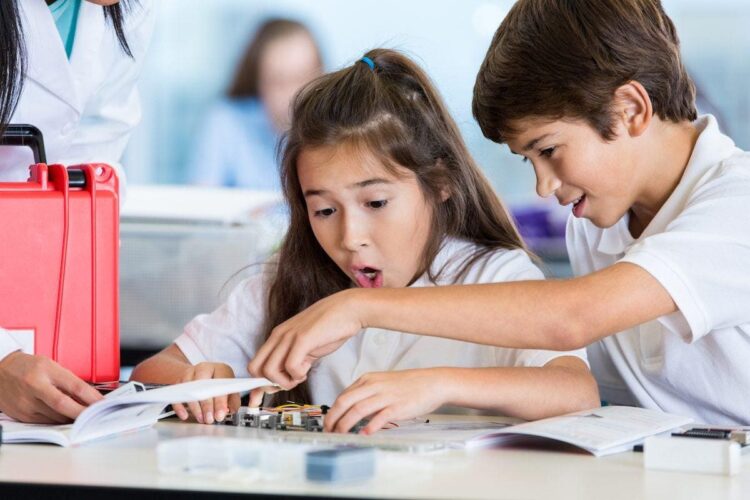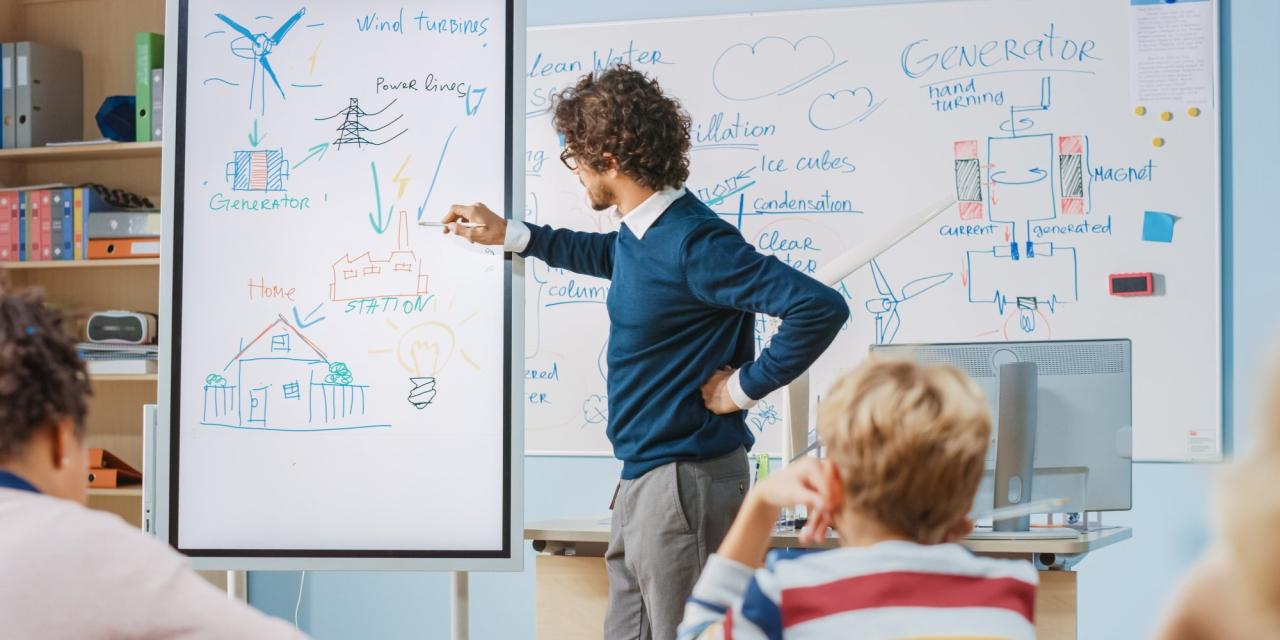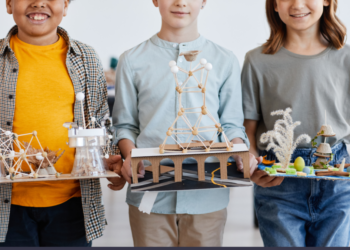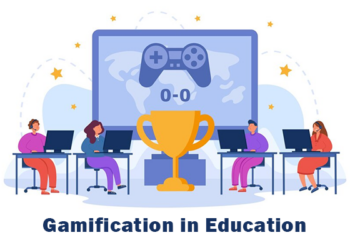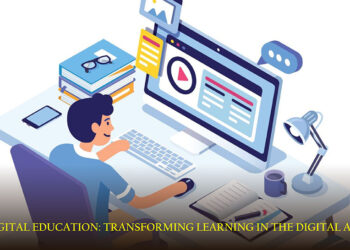Innovative teaching methods are more important than ever, as they prepare students for the challenges and opportunities of tomorrow. Teachers across the globe are adopting creative strategies to foster innovation and cultivate an atmosphere of curiosity, collaboration, and forward-thinking. In this article, we will explore how teachers are driving innovation in classrooms, the strategies they use, and the impact these changes are having on student development.
A. Understanding the Concept of Innovation in Education
Before diving into the specific methods used by teachers, it’s essential to first understand what innovation in education entails. Innovation in this context refers to the process of introducing new ideas, methods, and approaches to improve teaching and learning. It’s not just about using the latest technologies, but about rethinking traditional educational practices to engage students in meaningful and impactful ways.
Innovation in education can take several forms, such as:
New Teaching Methods: Implementing creative and engaging instructional techniques.
Technology Integration: Utilizing digital tools to enhance the learning experience.
Curriculum Design: Designing learning modules that encourage problem-solving, creativity, and critical thinking.
Assessment Methods: Moving beyond traditional tests and quizzes to assess students through project-based learning, presentations, and portfolios.
The goal of innovation in the classroom is to provide students with a holistic education that goes beyond rote memorization and allows them to apply their knowledge in real-world scenarios.
B. Key Strategies for Encouraging Innovation in the Classroom
Innovative teaching practices are designed to engage students, challenge their thinking, and inspire creativity. Let’s take a look at some of the strategies that teachers are using to encourage innovation in their classrooms.
1. Project-Based Learning (PBL)
Project-based learning is one of the most effective ways to encourage innovation. This approach focuses on student-driven, hands-on learning, where students work on long-term projects that are relevant to real-world issues. PBL allows students to explore complex problems and come up with creative solutions. It also helps students develop critical thinking, collaboration, and communication skills.
How Teachers Use PBL:
Teachers assign open-ended, real-world projects that require students to apply knowledge from multiple disciplines.
Students collaborate in groups, encouraging teamwork and diverse perspectives.
Teachers guide students through the process, offering feedback and support along the way.
Project-based learning gives students the autonomy to explore topics in-depth, fostering curiosity and innovation.
2. Flipped Classroom Model
The flipped classroom model is an innovative approach that reverses the traditional learning environment. In a flipped classroom, students are introduced to new content outside of class, typically through videos or readings, and class time is dedicated to active learning activities such as discussions, problem-solving, and collaborative work.
Benefits of the Flipped Classroom:
Students can learn at their own pace, reviewing materials as needed before coming to class.
Class time can be used more effectively for interactive learning and deeper understanding.
The model encourages self-directed learning, which fosters independence and creativity.
This model allows teachers to spend less time lecturing and more time guiding students through hands-on activities that promote creative thinking.
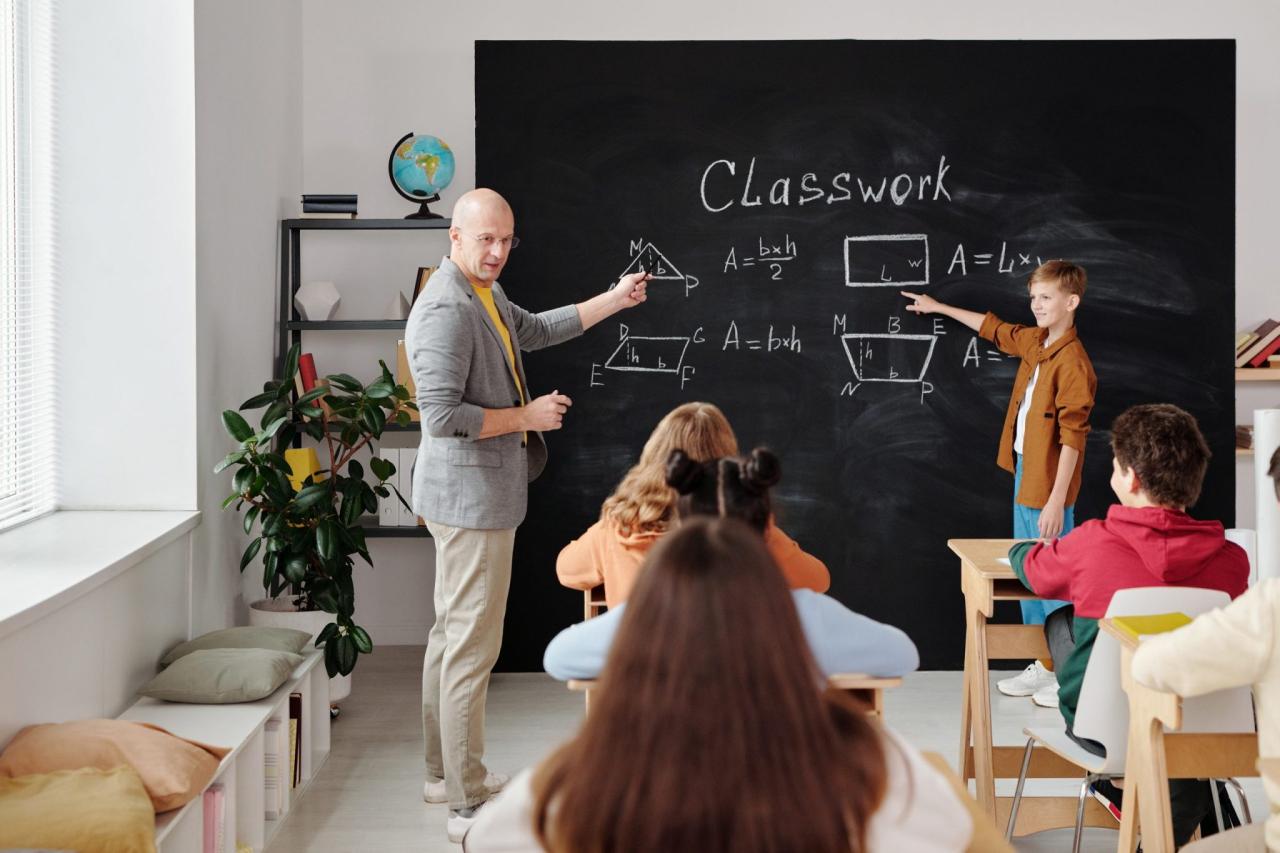
3. Technology Integration in the Classroom
In today’s digital age, integrating technology into the classroom is essential for fostering innovation. Teachers use various tools such as interactive whiteboards, online learning platforms, and educational apps to enhance student learning. Technology not only helps to engage students but also provides them with tools to explore and create in ways that were once impossible.
Examples of Technology Integration:
Interactive Whiteboards: Teachers use smartboards to display interactive lessons, videos, and collaborative activities.
Online Collaboration Tools: Platforms like Google Classroom or Microsoft Teams allow students to collaborate on projects and share ideas easily.
Coding and Robotics: Tools like Scratch, Tinkercad, and LEGO robotics allow students to create their own digital projects, teaching them problem-solving and programming skills.
By integrating technology, teachers are providing students with the resources to think outside the box, creating an environment where innovation can thrive.
4. Encouraging Collaboration and Group Work
Collaboration is an essential skill in the modern world, and innovative teachers emphasize teamwork in their classrooms. Collaborative learning encourages students to share ideas, solve problems together, and support each other’s growth. It also helps students learn how to work in diverse teams, an important skill in today’s global economy.
Collaborative Techniques:
Group Projects: Students work together on assignments, brainstorming ideas, dividing tasks, and presenting findings collectively.
Peer Reviews: Students provide constructive feedback on each other’s work, learning to give and receive criticism.
Think-Pair-Share: A strategy where students first think about a question individually, then discuss it with a partner before sharing with the larger group.
Through collaboration, students develop not only their academic skills but also their interpersonal abilities, preparing them for future careers where teamwork is crucial.
5. Inquiry-Based Learning (IBL)
Inquiry-based learning is a method where students explore topics and ask questions that guide their learning process. Rather than being passive recipients of information, students in an IBL environment take the lead in their learning by posing questions, investigating solutions, and creating knowledge.
Key Elements of IBL:
Student-Driven Questions: Students generate their own questions and seek answers through research and exploration.
Critical Thinking: Students analyze and synthesize information to develop their conclusions.
Problem-Solving: The inquiry process often involves solving real-world problems, encouraging innovative thinking.
By encouraging inquiry, teachers inspire curiosity and foster a mindset of exploration and creativity.
C. The Impact of Creative Classrooms on Student Development
Creative classrooms that embrace innovation have a profound impact on students’ personal and academic growth. Here are some ways in which innovative teaching methods benefit students:
1. Enhanced Critical Thinking and Problem-Solving Skills
Students in creative classrooms are encouraged to think critically about the world around them. Through strategies like PBL, IBL, and collaborative work, students develop the ability to analyze problems, generate solutions, and make informed decisions. These skills are essential for success in both higher education and the workforce.
2. Increased Engagement and Motivation
When students are actively involved in their learning and are given the freedom to explore topics that interest them, they become more engaged and motivated. Innovative teaching methods help to create an environment where students feel valued, heard, and empowered.
3. Preparation for Future Careers
The world is constantly evolving, and the job market requires individuals who are adaptable, creative, and tech-savvy. By promoting innovation in the classroom, teachers are preparing students for the future workforce, where the ability to think critically, work in teams, and solve complex problems is essential.
4. Fostering Creativity
One of the most significant benefits of creative classrooms is that they foster students’ creativity. By providing opportunities for hands-on learning, collaboration, and exploration, teachers encourage students to think outside the box and approach problems from new angles.
D. Overcoming Challenges in Innovative Teaching
Despite the benefits, fostering innovation in the classroom can present several challenges. Teachers may face obstacles such as limited resources, time constraints, and resistance to change from both students and colleagues. However, there are strategies to overcome these challenges:
Professional Development: Teachers can attend workshops and conferences to learn new methods and stay up-to-date on educational trends.
Collaboration with Peers: Teachers can work together to share resources, ideas, and strategies for implementing innovative practices.
Using Available Resources Creatively: Even with limited resources, teachers can find creative ways to incorporate technology, hands-on learning, and collaborative activities into their lessons.
E. The Future of Creative Classrooms
The future of education lies in continued innovation and adaptation to new technologies and methodologies. As schools embrace digital tools, personalized learning, and collaborative environments, the classroom will continue to evolve into a space where students are empowered to become critical thinkers, problem-solvers, and innovators.
Teachers have a unique role in shaping the future of education. By fostering creativity, collaboration, and critical thinking, they are preparing students to tackle the challenges of tomorrow. The innovative teaching methods discussed in this article are just the beginning. As technology continues to advance and educational philosophies evolve, the classroom will remain a dynamic space where students are encouraged to think, create, and innovate.
By embracing these new approaches, teachers are not only transforming their classrooms but also helping to create the innovators, entrepreneurs, and leaders of the future.

